How to Choose the Ideal Twist Rate for Your AR-15

Anyone who has built their own AR-15 will have inevitably come across the all-important task of choosing what barrel twist rate they’ll be using. When I built my first AR-15, I relied entirely on a diagram I found on 4chan’s weapons board, /k/, which mapped twist rates to bullet weights. The extremely rudimentary chart clearly identified what common barrel twist rates worked best with what bullet weights, but beyond that, it offered no scientific explanation or reasoning behind it.
Even though that worked out well for me in the long run, probably by sheer luck, you should probably have a more informed idea of what your new rifle will be using for its twist rate so you can then make better decisions about what type of ammo you’ll be using.
More AR-15 Content @ TFB:
- Best AR-15 Upgrades
- The Best Beginner AR-15
- Best Optic for the AR-15
- The Best Suppressor For The AR-15
- Best AR Pistols
- Best AR-15 Charging Handles for 2025
- Best AR-15 Cleaning Kits
- AR Barrels, Explained
- Best AR-15 Slings
- The 5 Best AR-15 Tools for Your Gun Bench in 2025
- How to Clean Your AR-15: A Complete Guide
Understanding AR-15 Twist Rates
Before we talk about specific twist rates, let’s first talk about what these terms mean exactly. The rifling consists of spiral grooves inside the barrel that impart spin to a bullet as it exits. This spin stabilizes the projectile by leveraging gyroscopic principles, counteracting aerodynamic forces that might cause it to tumble. The twist rate, measured in inches per complete revolution, governs how rapidly this spin occurs. A faster twist (e.g., 1:7) imparts more rotations over a given distance than a slower twist (e.g., 1:12).
Why does this work? Well, the physics of stabilization is rooted in angular momentum. A spinning bullet resists changes to its orientation, much like a top or gyroscope. The faster it spins, the greater its resistance to destabilizing forces like yaw or precession, small oscillations that can grow if unchecked.
This concept is well-documented in ballistics literature, reloading handbooks and even U.S. Army Research Laboratories, but I’m equally as familiar with this concept from going through the process of flight school. This knowledge of physics has been integral to both weapons and projectile development throughout the centuries, and today we have a pretty solid grasp on how each individual measurement affects what the ideal twist rate is in a rifle like the AR-15.
Considering Projectile Length, Weight, and Stability
Bullet length is by far the most significant factor influencing the best twist rate. Longer bullets with a higher length-to-diameter ratio are inherently less stable in flight because their center of gravity and aerodynamic center are farther apart. This increases their tendency to tumble unless spun at a higher rate. Early AR-15s, firing short 55-grain .223 Remington bullets, used slower twists like 1:12 or 1:14. Modern ammunition and, by extension, virtually all modern military rifles use heavier ammunition, such as the 62-grain M855 loading, which features longer projectiles that demand faster twists—1:9 or 1:7—to maintain accuracy at typical combat distances.
The Greenhill Formula, a classical ballistic model, provides a rough estimate of the necessary twist rate: T = 150 × D² / L, where T is the twist rate (in inches per rotation), D is the bullet diameter (in inches), and L is its length (in inches). For a .223 caliber (0.224 inches) bullet that’s 0.75 inches long, the formula suggests a twist of about 1:10. While this model oversimplifies real-world dynamics—ignoring velocity and bullet shape—it underscores my main point earlier: longer bullets need faster twists.
Weight also correlates with length but isn’t the sole determinant, especially in an age where many loads use entirely lead-free projectiles, which can have drastically different weight distribution depending on how they are formed. With that being said, in general, heavier bullets are often longer to maintain caliber, increasing stabilization needs. However, density—weight relative to volume also matters. A short, dense bullet (e.g., lead-core with minimal jacket) may stabilize with a slower twist than a longer, less dense one of equal weight (e.g., with a steel penetrator). Bullet construction further influences behavior due to weight distribution, as it has a direct influence on the center of mass for the projectile.
Matching Twist Rate to Purpose
The AR-15’s versatility in the modern age means its twist rate must align with its intended use. For varmint hunting with 40–55-grain bullets at moderate ranges (100–300 yards), a 1:12 twist stabilizes lightweight projectiles without excessive spin, preserving accuracy and minimizing jacket stress. However, in 2025, this is a poor choice as there are so few projectiles and loads that use anything less than 55-grain. 55-grain ammunition is probably the most commonly available and most affordable weight for both .223 and 5.56, but there are plenty of other heavier loads that can be far more useful and often perform better.
A 1:7 twist, which is on the opposite end of the spectrum (a fast twist rate for an AR-15), tends to increase stability over distance and maximizes ballistic efficiency for heavier projectiles like 77-grain OTMs. This twist rate is also somewhat application-specific, and this is echoed in firearms training manuals and online forums as well, with many people concentrating on using expensive match-grade ammunition to push the limits of the AR-15’s long-range capabilities. A clear example of this is the SPR concept, which is comfortably capable of consistently hitting man-sized targets at 1000 yards with the right ammunition.
Over-spinning can also occur when the barrel’s twist rate is too fast for a bullet, potentially magnifying manufacturing flaws, like uneven jackets, leading to wobble or disintegration. This has been a recent point of contention for people examining the relatively new 8.6 Blackout cartridge, which uses an insanely fast 1:3 twist rate. While underpinning the projectile leads to poor stabilization, overspinning the projectile can cause catastrophic structural failure.
Common Twist Rates
- 1:12 - Ideal for lightweight bullets (40–55 grains), this twist suits older .223 loads for short-range hunting or casual shooting. It’s less common in modern AR-15s but remains effective for niche roles like varmint hunting
- 1:9 - A balanced option, this twist stabilizes bullets from 55 to 69 grains, making it a go-to for general-purpose rifles.
- 1:7 - Designed for heavier bullets (62–80+ grains), this fast twist is standard in military M16/M4 barrels firing M855 or M856 rounds. It’s ideal for long-range precision, though it may over-stabilize light bullets
- 1:8 - A compromise between 1:7 and 1:9, this twist handles 55–77 grains effectively. 1:8 is likely the most popular twist rate as far as sheer numbers go
No twist rate is universally optimal, but in my opinion, 1:8 gets pretty dang close for most of us. Even so, each involves compromises. A 1:7 twist excels with heavy bullets but may destabilize lighter ones, risking damage to any attached suppressors. A 1:9 offers flexibility but might falter with the heaviest loads at long range. Specialty twists like 1:10 and 1:12 can be scarce, but they still do exist for those rare cases where you are after a very specific application for the rifle. I typically prioritize range, ammunition cost, and availability, which almost always inevitably leads me to either a 1:7 or 1:8 twist rate.
My Final Thoughts: The Case for 1:8 in Most Scenarios
After exploring the interplay of twist rates and projectile characteristics over the years, the 1:8 twist has always performed as the most flexible choice for the majority of AR-15 users, including myself. Capable of stabilizing a wide range of bullet weights—from 55 to 77 grains—it offers reliable performance for general-purpose shooting, whether at the range, in competition, or for hunting. Its versatility minimizes the risks of over- or under-spinning across common loads, making it a practical default for most shooters. However, special circumstances call for alternatives. For instance, the 1:7 twist provides distinct advantages in setups like Special Purpose Rifles (SPRs) like my Munitionworks MOD J, which is optimized for long-range precision with heavy 77-grain match rounds, often used in designated marksman roles. Similarly, 1:7 is preferable for military applications involving tracer rounds like the M856, which benefit from the faster spin at extended ranges. On the other end, a 1:12 twist may still be ideal for niche uses, such as varmint hunting with very light 40-grain bullets at short distances.
At the end of the day, I feel like the easy choice is always going to be 1:8 unless you’re after something specific. However, I’d like to hear your thoughts on this one. Do any of you use a twist rate on your AR-15s that falls outside of the most common 1:8 and 1:7 twist rates? Let us know in the comments!

Reloader SCSA Competitor Certified Pilot Currently able to pass himself off as the second cousin twice removed of Joe Flanigan. Instagram: https://www.instagram.com/ballisticaviation/
More by Luke C.



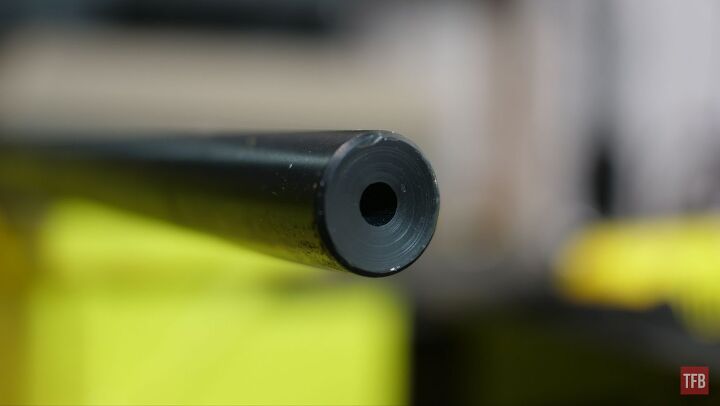











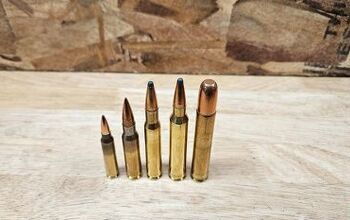
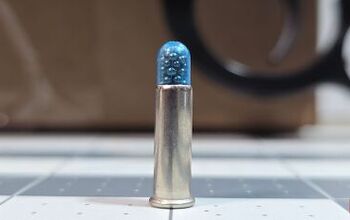
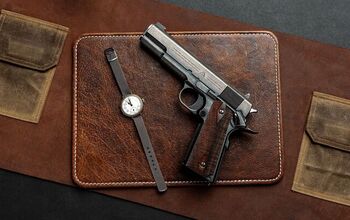
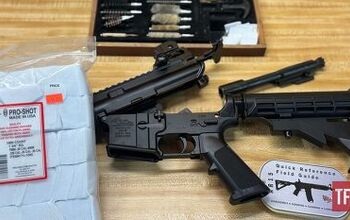
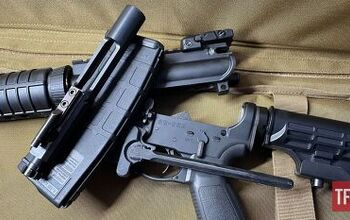
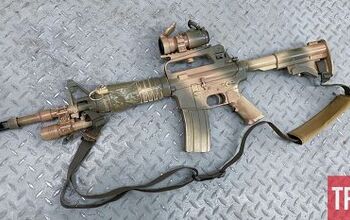
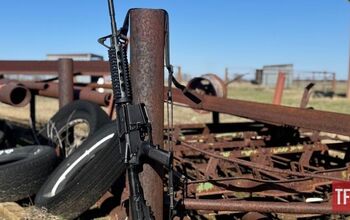
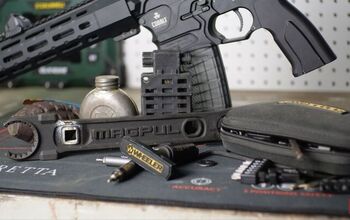
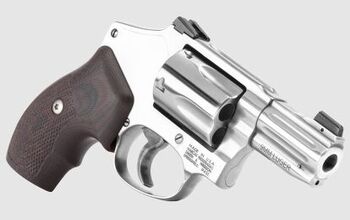

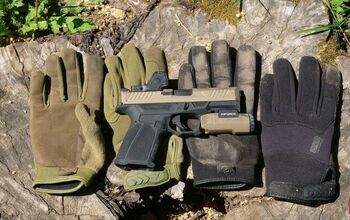

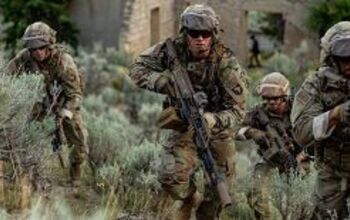
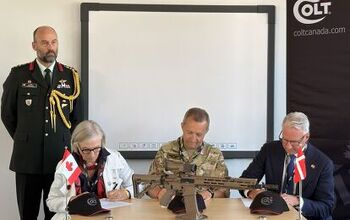
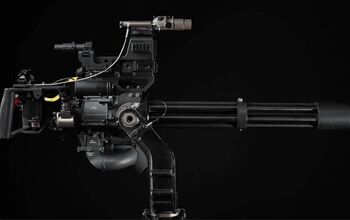



Comments
Join the conversation
I see 1:7 in most AR-15 rifles. And for the most part people are using 55 grain ammo that is not optimized for this twist rate. Not sure how much it really affects things, but it seems a 1:8 would be a much better fit for most shooters. Especially if they are shooting 62 grain green tips or the Game King 65 gr. We love the 65gr Game King by Sierra. We use it for coyotes and hogs.
For 20" and longer barrels 9" twist is plenty good for 69 HPBTs-. For shorter barrels the 8" twist is about perfect. 7" is best for extreme bullets like M856 and 77gr and heavier match bullets. 7" is also good for short 8"-12.5" length barrels.